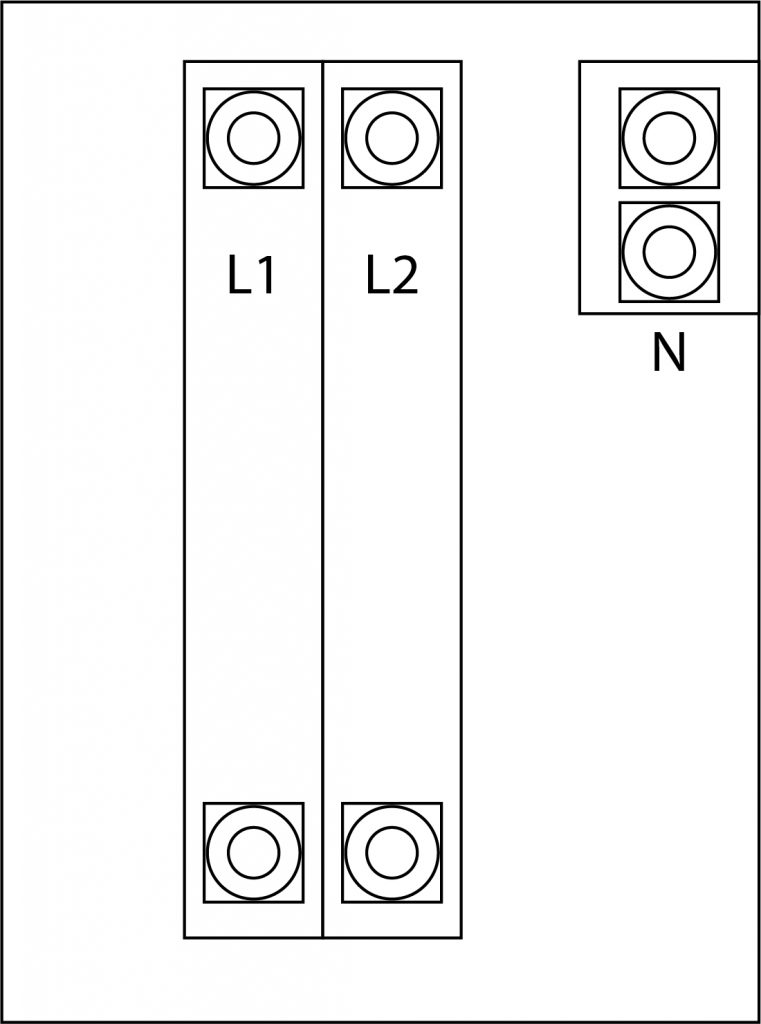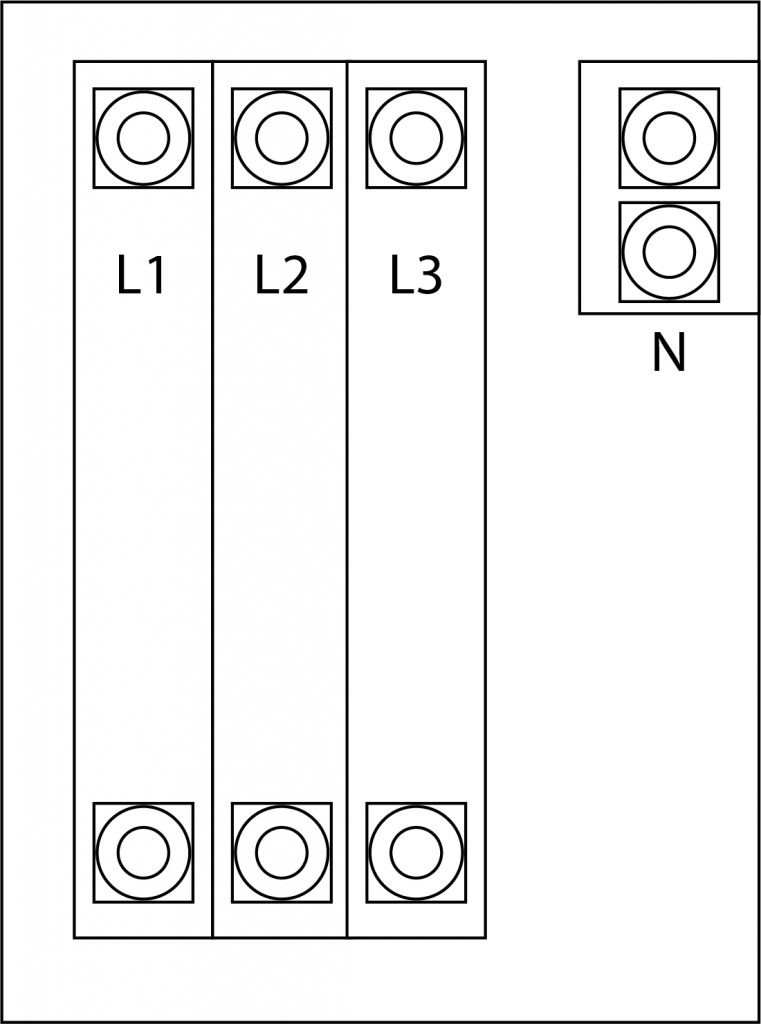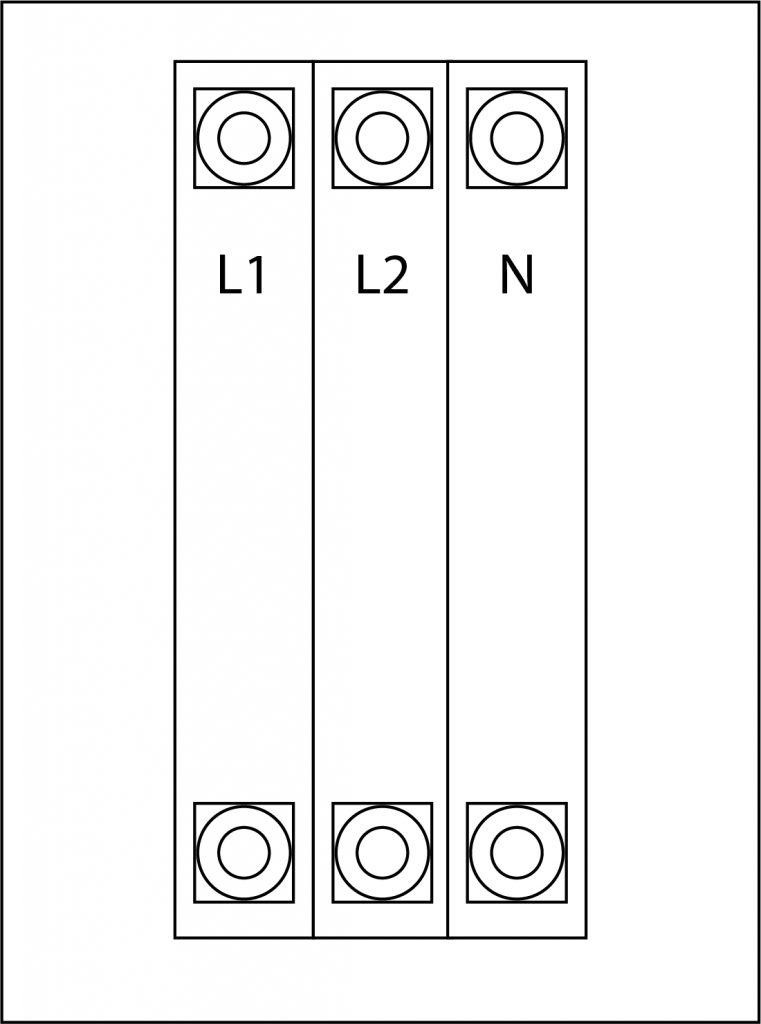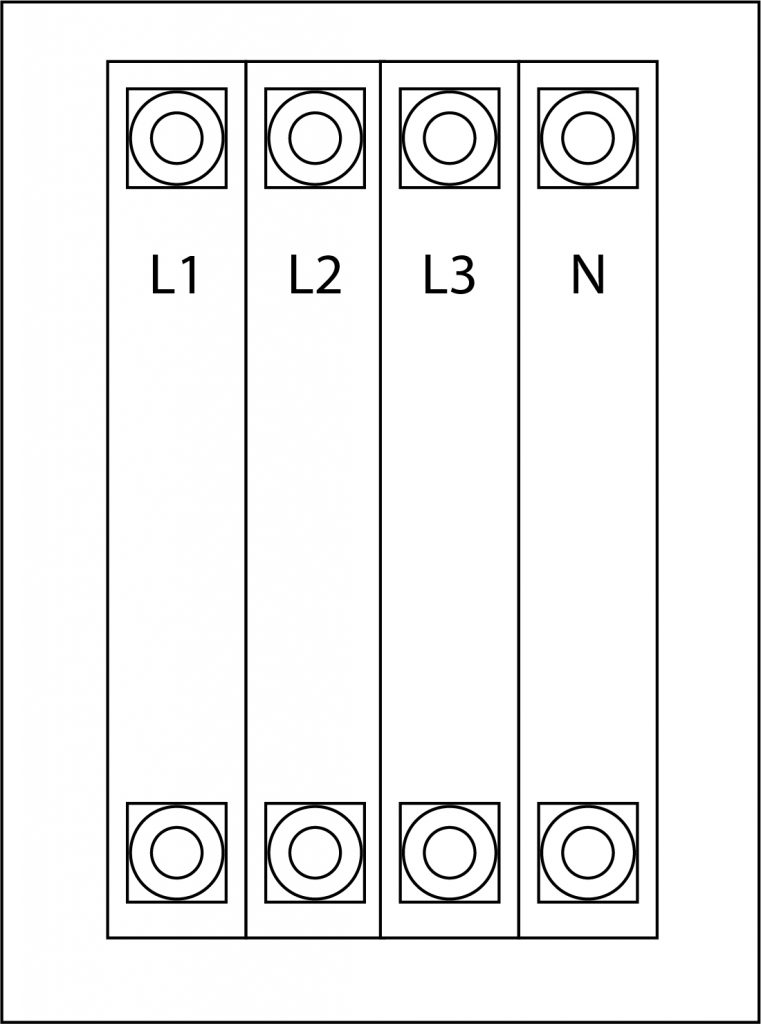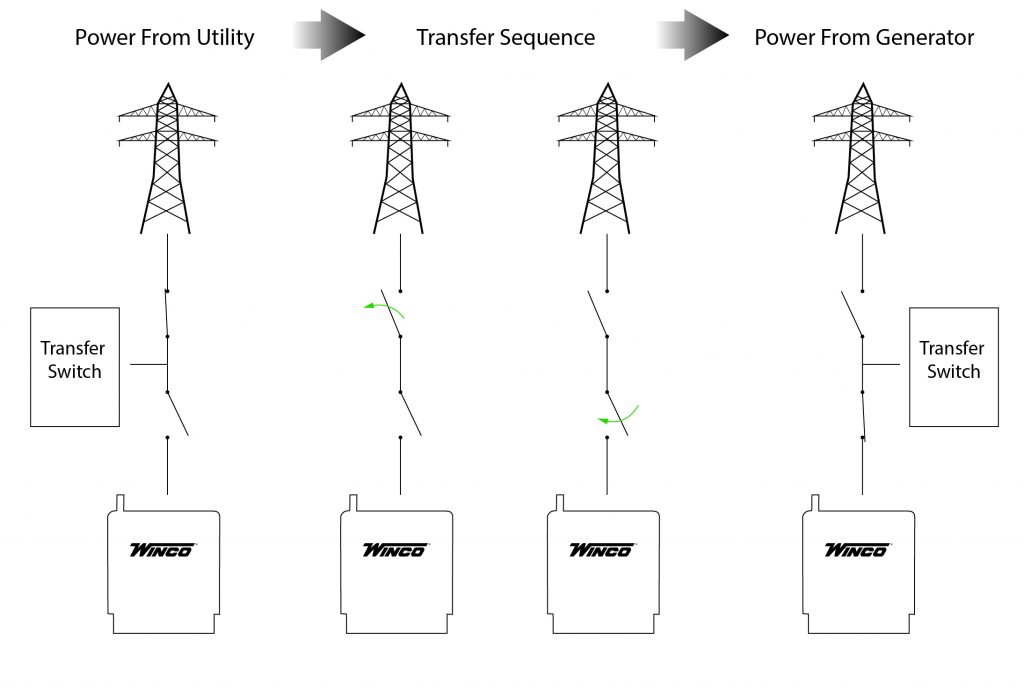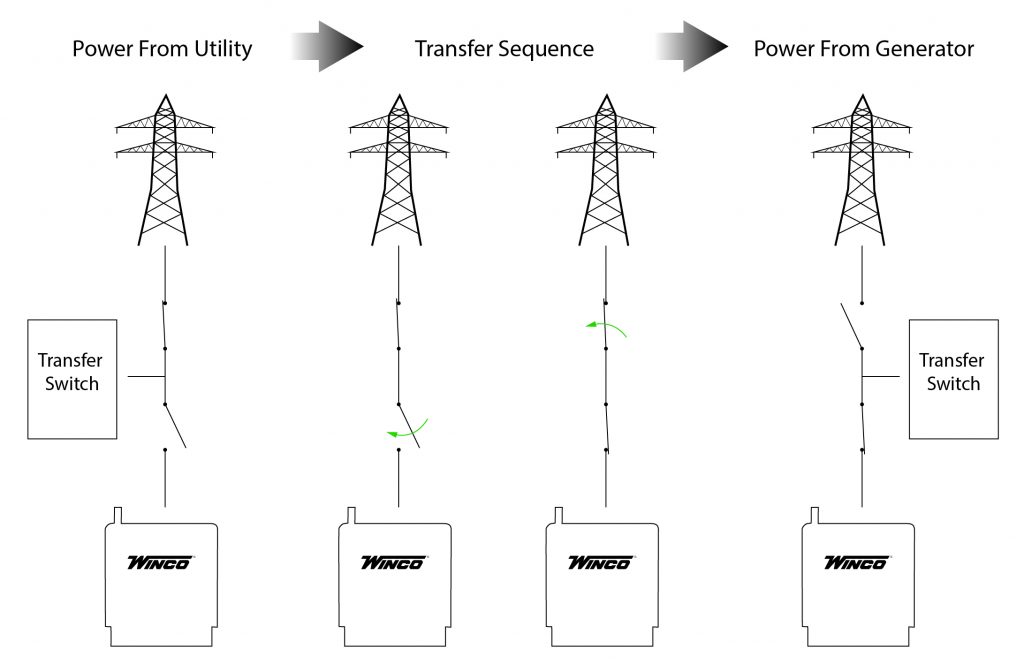Author: Josie
Private article
About the Author

First Name: Big
Last Name: Dog
Birthplace: Le Center, MN
DOB: 01/01/2005
Hobbies: Chase stray cats, walk around the factory, taking weekend naps
Favorite Food: Beef burritos with hot sauce
I began my modeling career on the WL12000 panels. Since then, I have been on all of the industrial “Big Dog” portable generators and make appearances on our literature as well as our wearable merchandise. I have enjoyed my modeling career and will continue, but I wanted to branch out into the business consulting field. My wonderful family at WINCO have given me the opportunity to write public commentary about what the company is up to! I am very excited for this new adventure and hope you find my information helpful!
I’ll be in touch,
Big Dog

How many poles does my transfer switch need?
When choosing your transfer switch, a less understood factor is how many poles you need. A pole is a discrete switching position on the contactor where the utility, generator and load can be connected for one lead.
2-Pole
A 2-pole switch has two hot wires coming into it for 120/240 single phase. This also is a solid neutral design – the utility, generator and building neutral are permanently connected.
3-Pole
A 3-pole switch has three hot wires coming into it for 120/208, 120/240, 277/480, and 346/600 three phase. This is also has a solid neutral design – the utility, generator and building neutral are permanently connected.
3-Pole Switched Neutral
A 3-pole switch has two hot wires coming into it for 120/240 single phase plus an additional pole for the neutral. A switched neutral will only allow the utility or the generator neutral to be connected to the building at a time.
4-Pole Switched Neutral
A 4-pole switch has two hot wires coming into it for 120/208, 120/240, 277/480, and 347/600 three phase, plus an additional pole for the neutral. A switched neutral will only allow the utility or the generator neutral to be connected to the building at a time.
What is the difference between an open and closed transition?
When choosing a transfer switch, you will have to decide if you need an open or closed transition transfer switch. Basically, you need to ask yourself if you have critical loads that cannot have disruption of power, not even for a split second.
OPEN TRANSITION
You may have heard this called a break-before-make transfer switch. With this type of transition, the transfer switch breaks contact with one power source before it makes contact with the another. The flow of electricity will be interrupted, therefore preventing backfeeding. This is a split second transfer with an automatic transfer switch. If you have a three position manual transfer switch, utility and generator are on their own sides with the middle position being the full disconnect ‘off’ position.
CLOSED TRANSITION
You may have heard this called a make-before-break transfer switch. With a closed transition, your generator is momentarily running in parallel with utility power. Typically, you will install this in a hospital or critical care facility that requires zero interruption of power. If neither power sources are available, the transfer switch must operate in a open transition mode, ensuring back feeding cannot occur.

